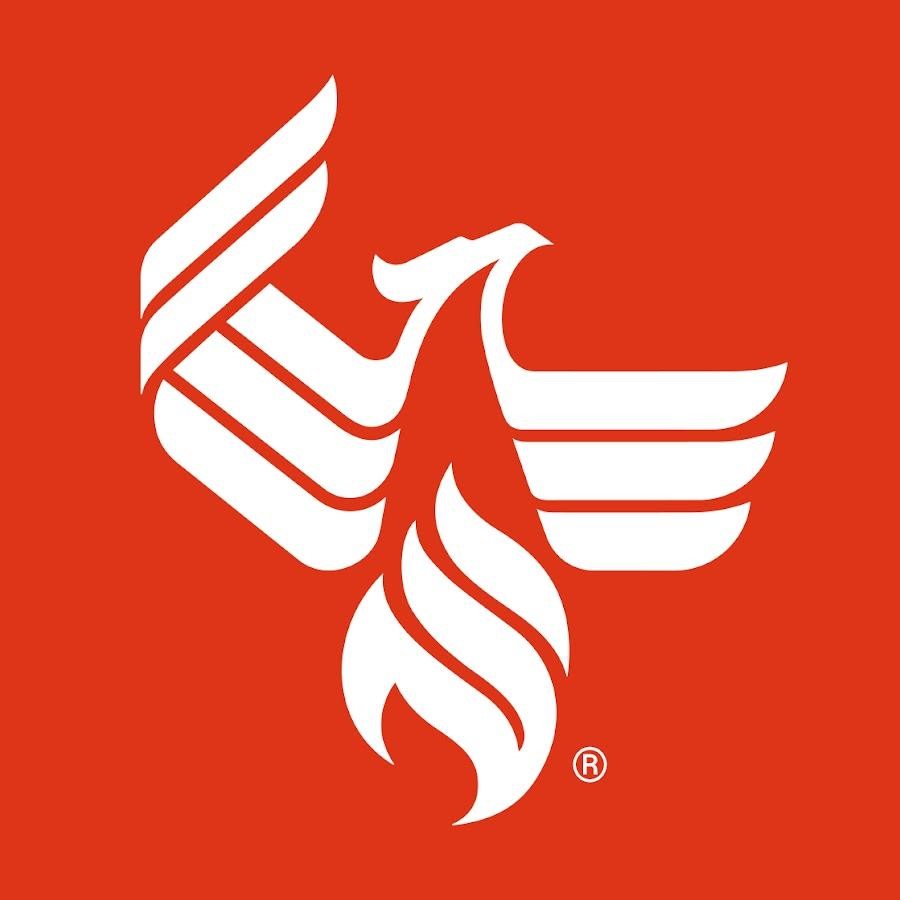Aug 25, 2021 12:00 AM The Phoenix Digital Education Connection Canopy, deployed as a solution to the digital divide, is a replicable network connecting students to school assignments and virtual classrooms in Phoenix, Arizona. By Eric Jay Toll for the PHX Pandemic Cloud Newsroom, “said Laura Pastor, councilor of Phoenix, whose borough includes many of the city’s most digitally underserved neighborhoods.” Children no longer have to sit in library parking lots or cafes to access high-speed broadband to do their homework. ”The COVID-19 health emergency closed schools, libraries and community centers and sent students to study from home, given that more than 250,000 families lacked access or internet speeds to get to school walking or getting chores done, city and education officials called for a solution to the digital divide. “Meeting challenges is in Phoenix’s DNA,” said Kate Gallego, Phoenix Mayoress. “This is a great example of how we’re getting through another way of looking at things to develop innovative solutions that set Phoenix apart as a premier city . PHX DECC is an affordable, collaborative solution to the digital divide we are proud of. “In nearly 18 months, the concept, tests, and reality have been brought together in a scalable digital divide solution that connects students to virtual classrooms, conferences, homework, and curated school resources. At Phoenix College it all started with just four words. Pastor played a leading role in bringing the consortium together to develop and deploy the PHX DECC. In her unique position as a councilor in America’s fifth largest city and full-time liaison for Phoenix Community College, Pastor is also an elected member of the governing board of the Phoenix Union High School District. She used her connections to drive a solution to the digital divide. “Paul Ross and I were called into the office of then President of Phoenix College Larry Johnson Jr. He gave us a simple charge, ”she said. “He said, ‘Solve the digital divide’.” Ross, Associate Vice President and CIO of Phoenix College, came up with the idea of using existing technology and applications to create a digital canopy over a school district that connects students to virtual classrooms and homework. and school digital resources through an accessible, free, high-speed wireless intranet. “I first got the idea in Ohio in 2016, and again in Washington in 2017, and I couldn’t believe the idea of using existing technology to solve the digital divide,” said Ross. “With the advent of the pandemic, this was no longer just something that happened in your pockets; the ability to connect affected anyone, anywhere.” Pastor was able to use the cross-agency resources and built the collaboration. “I didn’t know how to solve the digital divide,” she said. “But I knew where to find those who wanted it. I knew the city would get CARES money like the school districts in college. If everyone contributed, we would have the know-how, commitment and money to make it happen. “When the challenge of ensuring access to classrooms and educational resources was on the table, the walls between city, education, Business and Telecommunications Industry. “It’s in the city’s best interests to make this city a sustainable city at the end of the day, so you want to make sure that all of your families have a level playing field,” said Christine Mackay, director of Phoenix Community and Economic Development. “That means they all have access to quality education so they can find good jobs. This really is what you want for all of your citizens. “She said the telecommunications industry and business world are committed to finding a long-term solution to all of our students’ educational opportunities. An Investment in the Workforce of the Future As America’s fastest growing metropolis, Phoenix is a magnet for growing businesses and a steadily increasing demand for labor. “We couldn’t have any gaps in our future workforce from an economic policy perspective,” said Mackay. “We have worked really hard in every sector to create a place called Phoenix Arizona makes it a great destination for high wage technology related companies that we’ve never seen before. They really feel drawn to our workforce. ”The key is off-the-shelf technology No dedicated consultants, no proprietary hardware; the job was to find the solution to maintenance and maintenance in the context of d he adjusts existing school district budgets. Ross said the key to doing this is doing thorough research. And he spent hundreds of hours reading specification sheets and testing standard equipment. He had what it takes to become PHX DECC: free broadband connection between students and schools in a scalable concept and an economically efficient solution. On paper, Ross and Pastor had a recipe for solving the digital divide. Finding a Long-Term Solution “We have important information about our students,” said Dr. Chad Gestson, superintendent of the Phoenix Union High School District. “We have an amazing number of people living with food insecurity. (We know that) the students who live without access to resources, and they certainly live without access to technology.” Gestson said the priority is to get quick access to school for families with a permanent solution. “The willing companies have given students access to WiFi in cafes; they have been able to log on to the Internet near libraries and some public buildings,” said Gestson. “These are short-term solutions.” The pandemic showed that even the short-term solutions posed significant problems. “When the pandemic broke out, all students were sent home, as were their parents,” Ross said. “This meant that the internet connection in the household was used by the parents for work and by several students for school. There wasn’t the capacity for everyone at the same time. Also, stores that normally provided wifi for students were also closed, and many turned to “from their wireless networks.” Board member and council member juggled. “With all the video conferencing and virtual classes, we had problems with internet connectivity,” she said. “It was impossible for thousands of families to go to school from home. Fast internet connection. In a closed parking lot Sitting in libraries and recreation centers helped, but it wasn’t a homework solution. It wasn’t just bags here and there Ross watched the pandemic unearth problems of the digital divide, the not just pockets scattered across rural America. “Almost everyone having one Having students at home was in some way affected by the demand for bandwidth, “he said.” So I decided n we that it was time to take the theory and test it in practice. “Phoenix is not the only community facing this challenge. Other cities and organizations have tried to find a solution. According to reports, costs have skyrocketed and the number of people served has been limited. Phoenix College’s answer would serve 250,000 families for far fewer than other r systems. With off-the-shelf equipment, school districts could take on system maintenance within their budget. Micro-concept tested with college students With seed capital from the city of Phoenix, Ross has brought a test installation into play at Phoenix College. Students on campus took the test, took classes, did schoolwork, and used resources. The micro-concept was a complete success. Phase I deployment started in summer 2020. “We had to cover the school districts. I can tell you more about any mast under the (PHX DECC) canopy than any other, ”said Ross. “I went through the neighborhoods, talked to people, looked at all the places. I knew that would work. ”The goal was to be ready for the start of the school year 2021/22. The program goes live on September 1 in three school districts: the Phoenix Union High School District and the Alhambra and Cartwright elementary school districts. A public effort supported by businesses and the private telecommunications industry The WiFi canopy for the schools required security, high-speed broadband capacity, and the ability of each district to manage costs and maintenance within the existing technology capacity. PHX DECC provides all three solutions. It took financial support to make this possible, and Phoenix played a huge role in that. “ARPA and the CARES Act provide the federal funds necessary to invest in a resilient, strong future that will last for generations,” said Gallego. “Investing these funds in PHX DECC will create a more connected community and deliver the critical results our city needs.” The canopy connects students and parents with virtual classrooms and conferences, homework and resources curated by the school. It does not offer unrestricted access to the Internet. Telecommunications companies are generally against cities and educational institutions that offer broadband services. The Southwest Telecommunications Association supports the efforts with PHX DECC. “The cable communications industry supports these efforts. We don’t want government agencies to compete with private companies; this system doesn’t compete,” said Susan Bitter Smith, executive director of the Southwest Cable Communications Association. “The association understands the needs of the communities and the unique connection of students and classrooms through the (PHX DECC) gives underserved communities the help they need.” Affordable, Achievable, Scalable PHX DECC “We wanted something that any school could use,” said Ross. Instead of writing a blank check, the collaboration focused on the cost of maintaining the PHX DECC system. “We didn’t want the districts to have to hire extra costly third-party providers to maintain the system,” said Pastor. “We wanted the districts to be able to integrate maintenance into existing budgets and capacities. We succeeded. ”These controlled costs and the use of existing equipment make the system scalable and transferable to school districts anywhere. Ross is really excited about what this means up and down the education ladder. “We’re creating a program here at Phoenix College that trains our technology students,” he said. They learn how to install, maintain and operate (PHX DECC) which can help them find jobs at local schools or anywhere this system is installed life changing technology for families. “Our entire community is thrilled to be part of this intergovernmental effort to bridge the digital divide,” said Gestson, keeping students busy at night and on weekends. They’re very excited for our students. ”Gestson said,“ In this high-tech world, technical access shouldn’t be a privilege; it should be a right. “PHX DECC Phase I goes online September 1, Cartwright Elementary School District, Southwest Cable Communications Association. This news release was produced by the City of Phoenix. The views expressed herein are the author’s own.
[ad_2]
Home Food and Drinks City Of Phoenix: Phoenix Digital Divide Solution, ‘PHX DECC’ Connects 250K Families









